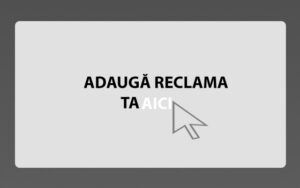Member Voluntary Liquidation – your company can pay its debts, but you want to close it.
- You may choose members’ voluntary liquidation if your company is ‘solvent’ (can pay its debts) and one of the following applies:
- you want to retire
- you want to step down from the family business and nobody else wants to run it
- you do not want to run the business any more
To pass a resolution for members’ voluntary liquidation, you must:
- make a ‘Declaration of solvency’ – English and Welsh companies
- ask the Accountant in Bankruptcy for form 4.25 (Scot) – Scottish companies
You will need to review the company’s assets and liabilities just before making the declaration.
What the liquidator does?
The liquidator is an authorised insolvency practitioner or official receiver who runs the liquidation process.
As soon as the liquidator is appointed, they will take control of the business.
They will:
- settle any legal disputes or outstanding contracts
- sell off the company’s assets and use any money to pay creditors
- meet deadlines for paperwork and keep authorities informed
- pay liquidation costs and the final VAT bill
- keep creditors informed and involve them in decisions where necessary
- make payments to creditors
- interview the directors and report on what went wrong in the business
- get the company removed from the companies register
In a creditors’ voluntary liquidation, the liquidator acts in the interest of the creditors not the directors.
What happens to directors?
When a liquidator is appointed, directors:
- no longer have control of the company or anything it owns
- cannot act for or on behalf of the company
If you are a director, you must:
- give the liquidator any information about the company they ask for
- hand over the company’s assets, records, and paperwork
- allow the liquidator to interview you if they ask



